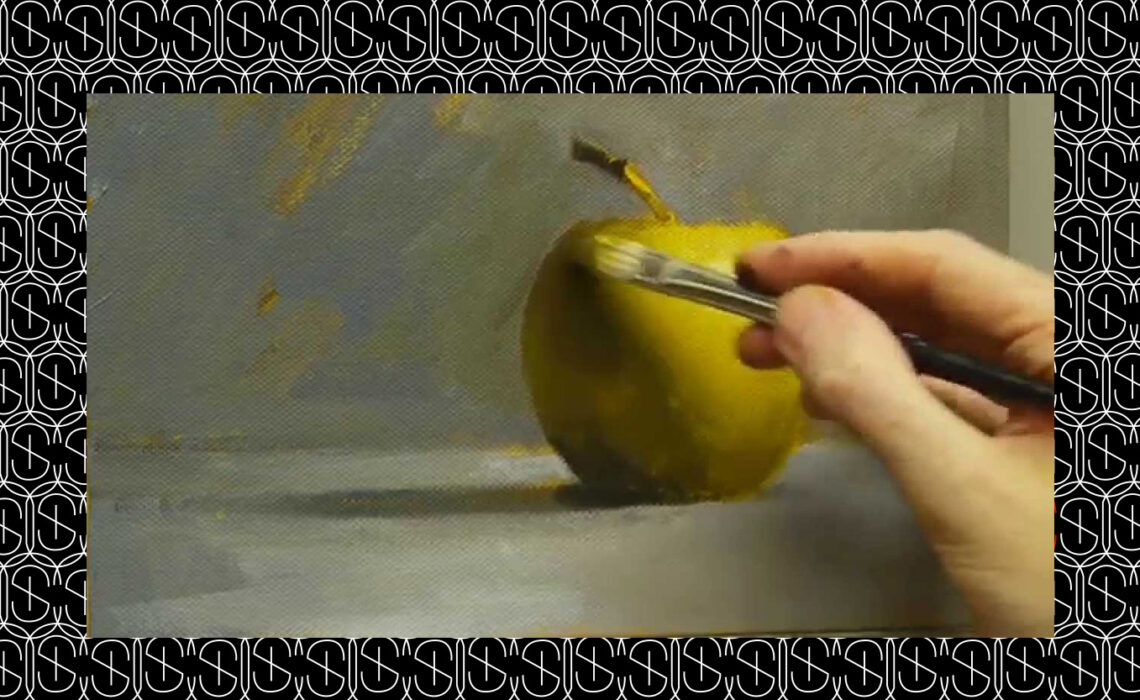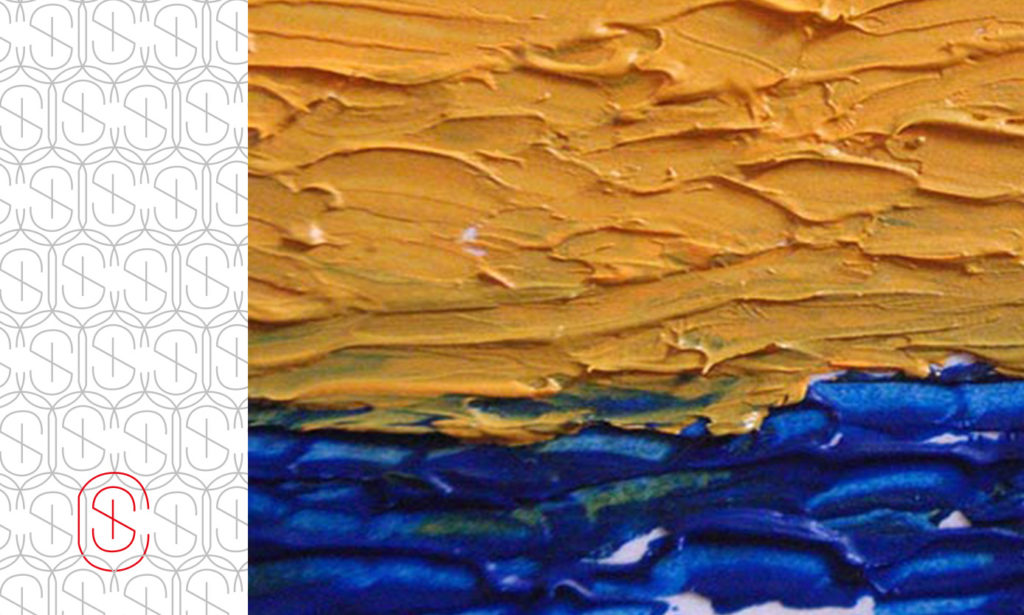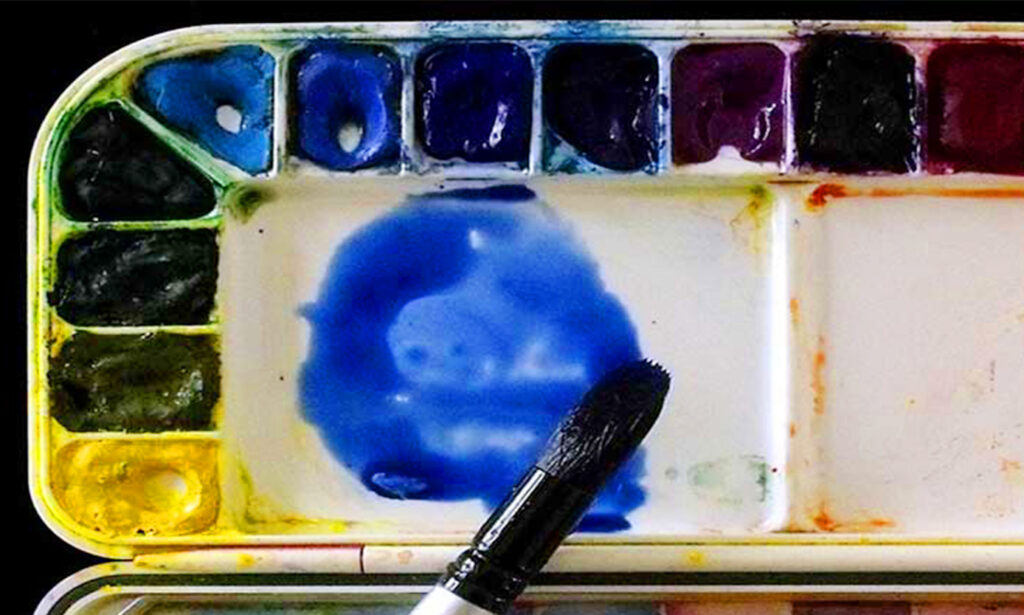
Painting Techniques Used by Artists Part I: Traditional Techniques
When you think about “painting” (the action) or “paintings” (the final project), what comes to mind? Watercolor or oil? And do you only think of the use of a traditional brush to create the work? Although there are hundreds of thousands of paintings created in this manner, there are a variety of painting techniques, using many materials, tools and types of paint. Some artists focus on a single (or few) styles, while others explore a range of techniques. Here we will consider some of the more popular, but unique, techniques found in the world of painting.
Traditional Oil Painting Techniques
Oil painting is a very traditional medium for paintings of all genres. Using thick and thin paints in varying layers creates the rich results found in this style. There are several rules to oil painting techniques:
- Fat over lean: Artists use this painting technique by using more flexible paints (higher oil content, or “fat”) layered over more rigid (lower oil content/higher turpentine content, or “lean”) paints. This creates a more durable paint film, but increases the drying time.
- Thick over thin: When artists use thicker paints over thinner paints, this ensures that the top layers do not dry faster than the lower ones, which would increase the risk of cracking.
Impressionist artists used thick, bold brush strokes, called impasto, which exemplified the “thick over thin” technique.
Oil Painting Styles Used by Some of the Masters
Sfumato (Smoke)
From the Italian word fumo, which means smoke, sfumato is achieved by blending paint colors so completely as to remove discernable lines and transition between the colors. Da Vinci was one of its largest proponents in Renaissance times, and the style is exemplified in the Mona Lisa painting. The use of glazes helps to achieve this distinctive look.
Unione
Another painting technique where the colors transition smoothly, without hard lines, Unione (union of the planes) varies from Sfumato by keeping the intensity between the colors. Light tones are emphasized, and dark shadowing is reduced. The artist Raphael is credited for the development of this technique.
Chiaroscuro
Roughly translated as “light and dark,” chiaroscuro is utilized in both painting and drawing. Focusing on the relationship between light and shade, the shadowing created with this technique provided dramatic results which led artists to continue this style for many years. Oil paints are especially suited to the style, as it can be layered, blended, and even used lightly in glazes. Many of the Masters used this painting technique, Caravaggio was renowned for his ability to create a spotlight within his works. His influence was so impressive that a unique style, dubbed Caravaggesque, was created. Used even today in varying forms and mediums (even in filmmaking), it emphasizes a dramatic lighting effect.
Cangiante
Replacing one color (or hue) for another, especially in highlighted or shadowy areas, this painting technique name comes from the Italian word cangiare, meaning “to change.” For example, where black may be used in a shadowed space, the use of maroon or brown would fit this technique. This technique may have developed where there were limited colors available, but its popularity has remained until today. Although first introduced by Giotto in the 13th century, Michelangelo is perhaps the most famous of the Masters for his use of cangiante, and his works in the Sistine Chapel showcase the style widely. This technique truly allows for creativity in color use by painters, and today’s artists continue to be free in their use of color.
Watercolor Painting Techniques
In direct contrast to the formulation of oil paint, watercolor (aka aquarelle in French) is a combination of pigments in a water-based solution. One of the key features of watercolor is its transparency; instead of building up colors in oil painting, the watercolor artist creates hues of color based on the amount of water mixed with the paint. Used since ancient times, it was popular in both China since the 12th century and in England in the 18th and 19th centuries by artists like J. M. Turner and even French artists like Paul Cezanne. However, American artists have shone in the last century for their increasing number of outstanding examples. This technique has expanded over time, with variations like gouache (body color), tempera, and acrylic being introduced.
Part II, Non-Brush Painting Techniques
In our next blog, we will cover some of the more recent (and unique) painting techniques found today.




